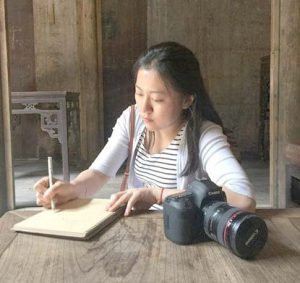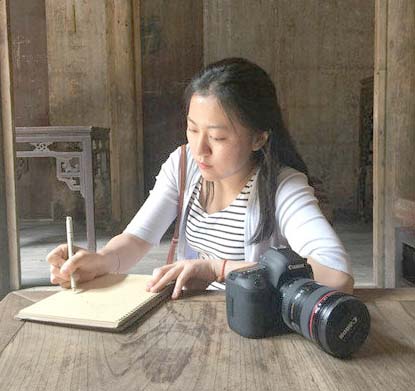
She explored such structures as yaodong (窯洞), or cave houses in Shaanxi; the Hakka people’s tulou (土樓), which are circular, fortified earthen buildings, in Fujian province; and diaojiaolou (吊脚耬), the suspended wooden houses in villages of the Miao ethnic group in Guizhou province.
In her book, Chinese Vernacular Buildings, she describes her theory of the “triple-coupling nature of mankind” that examines vernacular buildings through the lenses of physical, sociological and spiritual natures.
She explains how these dimensions influence the way people in particular places construct and occupy buildings.
